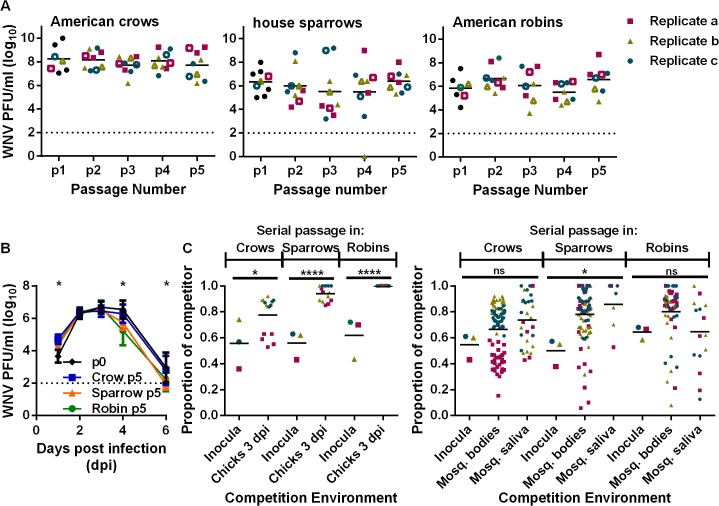Fig 1. Passage of WNV in birds results in competitive fitness increases while viremia remains unchanged.
(A) WNV titers during passage. Open symbols represent samples with median viremias that were used for subsequent passage. (B) Viremia production after sequential passage, measured in young chickens (mean ± SD, n = 12–15 chickens each, data from passage replicates combined, *, P < 0.01,two-way ANOVA with Tukey’s correction). Dashed lines indicate the assay detection limits. (C) Competitive replicative fitness in young chickens (left; *, P = 0.0339; ****, P < 0.0001, unpaired t-test) and mosquitoes (right; ns, not significant; *, P < 0.05, unpaired t-test for both bodies and saliva). Passage replicates are colored as in (A) and horizontal lines represent the mean proportion of bird-passed WNV. Phenotypic assessment of wild bird passaged virus in its passaged host and in orally infected mosquitoes are in S1 Fig.

